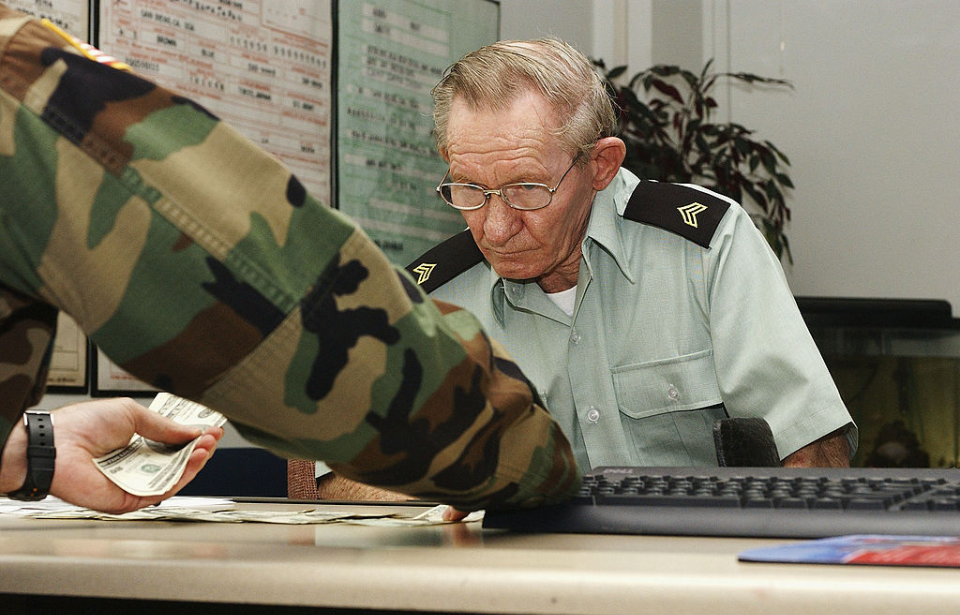In 1965, American soldier Charles Robert Jenkins made the unexpected choice to defect to North Korea. Initially, his plan didn’t involve a permanent stay, but he found himself living under the regime’s watchful eye for over 39 years, before returning to the United States in 2004.
Charles Robert Jenkins initially served in the National Guard
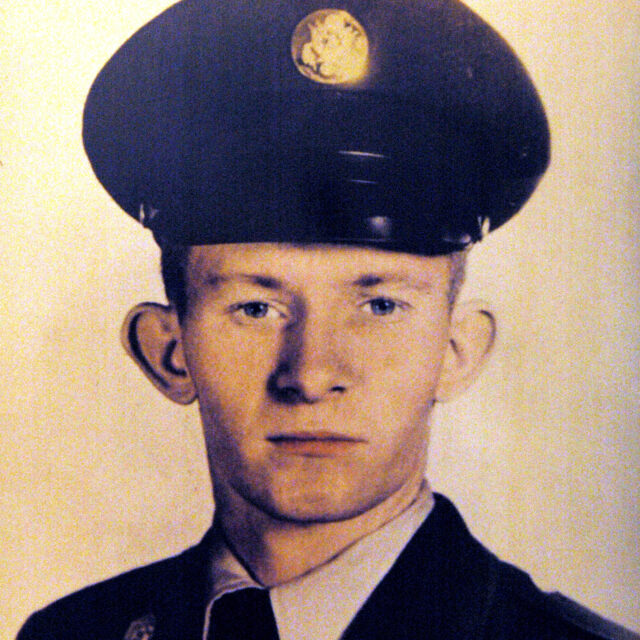
Born in North Carolina on February 18, 1940, Charles Robert Jenkins faced limited employment prospects, due to not completing his high school education. In response, he enlisted in the North Carolina National Guard from 1955-58. Following his discharge, Jenkins continued his military service, joining the US Army as a light weapons infantryman.
Deployed to South Korea and West Germany

In August 1960, Jenkins willingly took on an assignment with the 7th Infantry Division in South Korea. After a brief return to the US in September 1961, he was redeployed to West Germany with the 3rd Armored Division. In 1964, he volunteered for a second stint in South Korea, this time serving in the Demilitarized Zone (DMZ) with the 8th Cavalry Regiment, 1st Cavalry Division.
The pivotal moment in Jenkins’ life occurred on January 5, 1965.
Charles Robert Jenkins didn’t want to serve in Vietnam
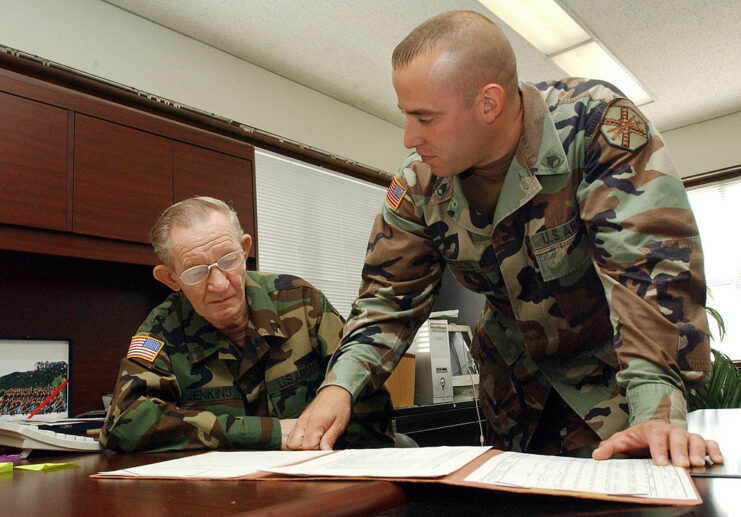
Rumors had been swirling that Charles Robert Jenkins’ regiment was going to be deployed to Vietnam. This, compounded by increasingly aggressive patrols, led the sergeant to cross the DMZ into North Korea. He’d planned to claim asylum through the Soviets, who would then trade him back to the US during a prisoner exchange.
Defecting from the US Army

That fateful night, Jenkins put away 10 beers before going on patrol with his comrades. Around 2:30 AM, he told them he’d heard a noise and went to check it. This was when he made his great escape. As he approached the DMZ, he took the ammunition out of his M14 rifle and tied a white shirt to the top as a sign of peace.
He crossed over into North Korea, expecting to see the US again soon. Instead, he was held as a prisoner for 39 and a half years.
Housed with other defectors
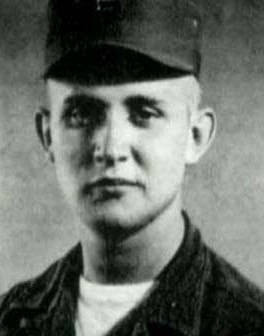
Less than two weeks later, Charles Robert Jenkins’ defection was announced on North Korean radio, citing his decision as being “because of disgust with conditions in South Korea and that he believed life was better under the Communists.”
Jenkins shared accommodations with three other American deserters: James Dresnok, Larry Abshier and Jerry Parrish. Their living conditions were deplorable; they occupied a single room and faced physical punishment for failing to memorize the works of Kim Il-Sung.
Unable to claim asylum

Although the four had initially crossed into North Korea without a concrete plan to stay, in 1966, they attempted to follow Jenkins’ original idea by seeking asylum through the Soviet embassy. However, their efforts were unsuccessful.
In the subsequent years, they were granted citizenship and provided with homes, jobs and, eventually, wives. Despite acquiring citizenship, their living conditions remained harsh. Jenkins later recounted that he “suffered from enough cold, hunger, beatings and mental torture to frequently make me wish I was dead.”
Even as “citizens,” trust was elusive. Their houses were monitored, surrounded by barbed wire to prevent escape. The men were also featured in propaganda films portraying evil Americans, and Jenkins taught English to North Korean spies and servicemen.
Charles Robert Jenkins marries Hitomi Soga
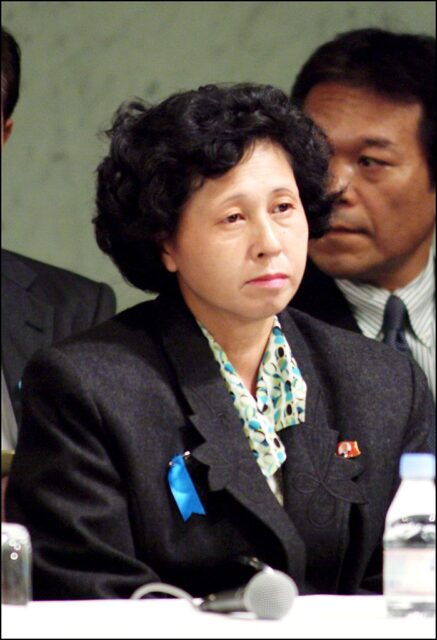
In 1980, Charles Robert Jenkins was introduced to Hitomi Soga, a Japanese nurse who’d been kidnapped to serve as a teacher for spies. Theirs was a forced marriage, with the ceremony happening only a few weeks after they met. In the coming five years, they had two daughters, Mika and Brinda.
Hitomi Soga escapes North Korea

Despite having little choice in the arrangement, the two came to care for each other deeply, and it was thanks to Soga that Jenkins was finally able to leave North Korea. When the Japan-North Korea Pyongyang Declaration was signed in 2002, she was allowed to visit Japan for 10 days – and never returned. Instead, Soga worked with the Japanese government to help convince the US to pardon her husband. Her attempts were unsuccessful.
Had he followed her to Japan, Jenkins risked capital punishment for his desertion, as the statute of limitations was 40 years – he’d been gone for 39 and a half.
Charles Robert Jenkins is finally freed
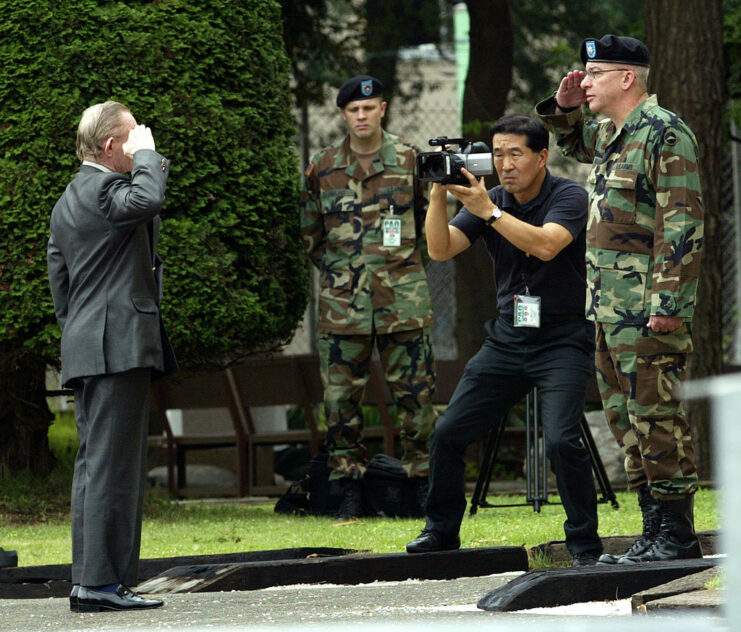
Eventually, North Korea allowed Charles Robert Jenkins to leave, and he reunited with his wife in Indonesia. He was the only post-Korean War US defector to ever leave, and the evidence of his mistreatment was obvious. He was 100 pounds, had lost his appendix and a testicle, and part of his Army tattoo had been cut off without proper anesthesia.
Pleading guilty to desertion
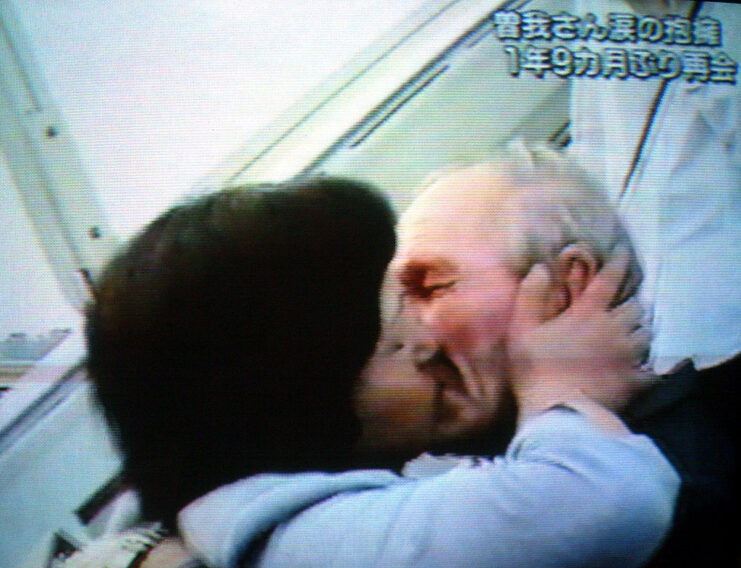
Despite Japan’s promise of residency to Hitomi Soga, Jenkins and their daughters, the issue of his court-martial still loomed. Jenkins arrived at Camp Zama, Japan, on September 11, 2004, to find Lt. Col. Paul Nigara awaiting him. Saluting, Jenkins greeted him, saying, “Sir, I’m Sergeant Jenkins and I’m reporting.”
His trial didn’t take place until November 3, 2004, during which he pleaded guilty to desertion and aiding the enemy by teaching English. Initially sentenced to six months confinement, this was later changed to 30 days. Additionally, he forfeited all of his back pay, was demoted to the rank of private and received a dishonorable discharge.
Adapting to civilian life
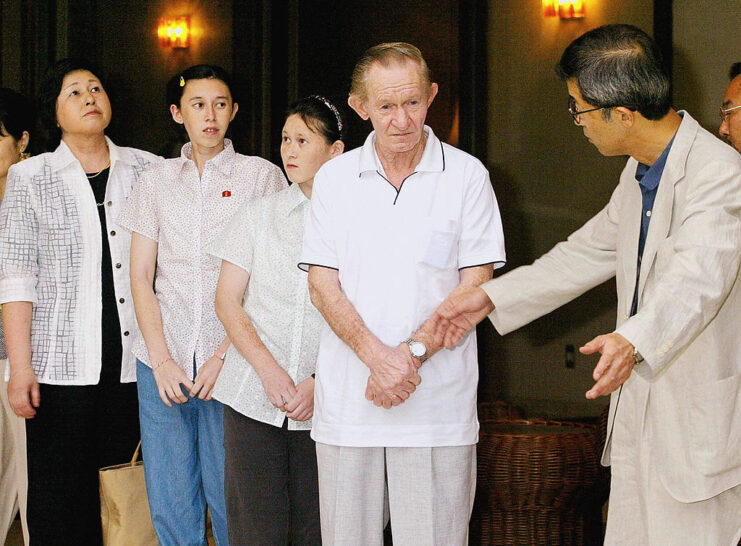
Despite the ruling, Charles Robert Jenkins was released on good behavior after 25 days. He was reportedly given pay for the time served. Jenkins said in an interview years later that the sentence was “all a big set-up for the outside world so it looked like justice was done.”
Once his time was served, Jenkins and his family moved back to his wife’s home. Although he’d escaped North Korea, he lived the rest of his life worried they’d come for him. He recounted his experience in a 2008 memoir, titled The Reluctant Communist.
More from us: National Emergency Command Post Afloat: The ‘Floating White Houses’ for Times of Nuclear War
Jenkins lived out the rest of his life as a major celebrity in Japan, following his passion for motorcycling and working at a local museum. It wasn’t until December 11, 2017 that he passed away.
